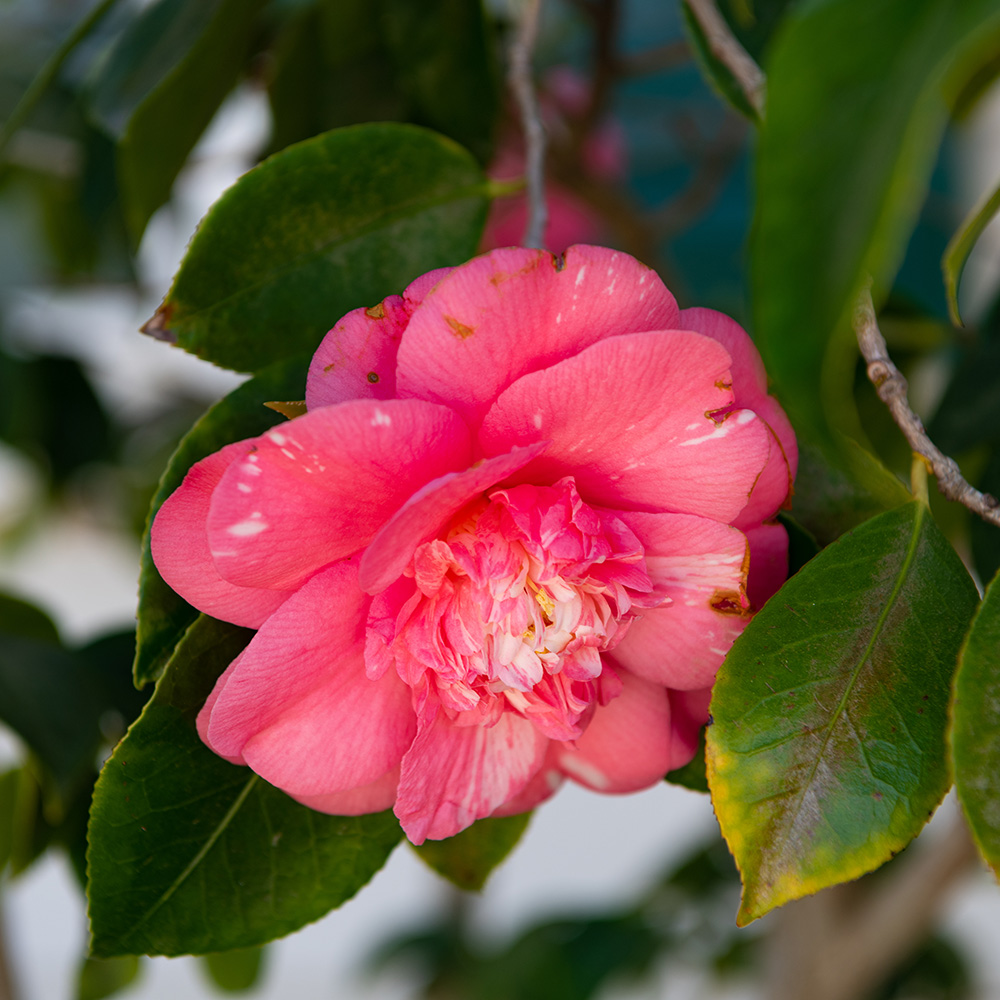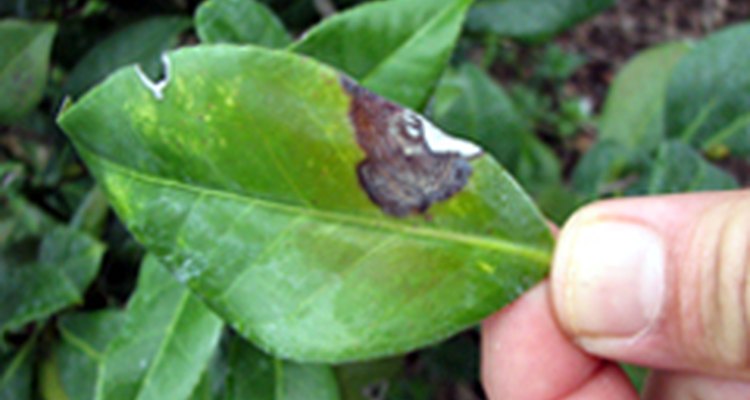The Delicate Art of Camellia Care
Camellias are renowned for their stunning beauty and delicate nature, making them a popular choice among gardeners and plant enthusiasts. However, their specific needs require careful attention to ensure they thrive and remain healthy. Learning how to look after a camellia is crucial to unlocking its full potential and enjoying its beauty for years to come. With proper care, camellias can flourish, providing a stunning display of flowers and foliage. On the other hand, neglect or improper care can lead to disease, pests, and premature decline. By understanding the unique requirements of camellias, you can create an ideal environment that fosters healthy growth and encourages these lovely plants to reach their full potential. By following the right techniques on how to look after a camellia, you can ensure your plant remains healthy and thriving.
Choosing the Right Environment for Your Camellia
Camellias require specific conditions to thrive, and replicating these conditions in your home or garden is crucial for their health and longevity. When it comes to lighting, camellias prefer partial shade to full sun, depending on the variety. A spot with morning sun and afternoon shade is ideal, as it provides the necessary light without causing scorching. In terms of temperature, camellias prefer cooler temperatures between 40°F and 70°F (4°C and 21°C), making them a great choice for cooler climates. Humidity is also essential, with camellias thriving in environments with a relative humidity of 50-60%. To create an ideal environment, consider using a humidifier or grouping plants together to create a microclimate. By understanding and replicating these conditions, you can provide your camellia with the perfect setting to flourish, and learn how to look after a camellia with ease.
Watering Your Camellia: A Balancing Act
Watering is a critical aspect of camellia care, and getting it right can make all the difference in the plant’s health and longevity. The key to successful watering is finding a balance between providing enough moisture and avoiding overwatering. Camellias prefer well-draining soil and should be watered when the top inch of soil feels dry to the touch. Aim to provide about 1 inch of water per week, either through rainfall or irrigation. It’s essential to avoid getting water on the leaves or flowers to prevent fungal diseases. Instead, water at the base of the plant, allowing the soil to absorb the moisture. By understanding how to look after a camellia’s watering needs, you can prevent common issues like root rot and ensure your plant remains healthy and thriving. Remember, it’s always better to err on the side of caution and underwater slightly, as camellias can recover from drought but not from waterlogged soil.
Fertilizing for Optimal Health
Fertilizing is an essential aspect of camellia care, as it provides the necessary nutrients for healthy growth and development. When it comes to fertilizing your camellia, it’s essential to choose a balanced fertilizer that is rich in nutrients. A slow-release fertilizer with a ratio of 10-10-10 (nitrogen-phosphorus-potassium) is ideal, as it provides a steady supply of nutrients throughout the growing season. Apply the fertilizer in the spring and summer months, when the plant is actively growing, and avoid fertilizing during the fall and winter months, when the plant is dormant. It’s also important to follow the instructions on the fertilizer package and avoid overfertilizing, as this can cause more harm than good. By fertilizing your camellia correctly, you can promote healthy growth, encourage blooming, and learn how to look after a camellia with confidence. Additionally, consider adding organic matter like compost or manure to the soil, as this can help improve the soil’s structure and fertility, leading to a healthier and more thriving camellia.
Pruning and Grooming: Shaping Your Camellia’s Future
Pruning and grooming are essential aspects of camellia care, as they help maintain the plant’s shape, promote healthy growth, and encourage blooming. When it comes to pruning, it’s essential to remove any dead or damaged branches, as these can harbor diseases and pests. Use clean, sharp pruning tools to prevent spreading diseases, and make cuts just above a leaf node, as this will help the plant heal quickly. Prune your camellia in the late winter or early spring, before new growth begins, to minimize the risk of disease and encourage healthy growth. In addition to pruning, regular grooming is necessary to keep your camellia looking its best. Remove any dead flowers or leaves, and gently shape the plant to maintain its desired shape. By learning how to look after a camellia through proper pruning and grooming, you can enjoy a beautiful and thriving plant for years to come. Remember to prune and groom your camellia regularly, as this will help prevent disease and encourage healthy growth, leading to a more vibrant and stunning display of flowers.
Pest and Disease Management: Common Issues and Solutions
Camellias can be susceptible to various pests and diseases, which can significantly impact their health and longevity. To ensure the well-being of your camellia, it’s essential to be aware of these common issues and take preventative measures. One of the most common pests that can affect camellias is the tea scale, which can cause yellowing leaves and reduced growth. To prevent infestations, regularly inspect your plant for signs of pests and treat promptly if necessary. Another common issue is root rot, which can occur when the soil is too wet or poorly draining. To prevent root rot, ensure good drainage and avoid overwatering. Other diseases that can affect camellias include leaf spot and canker, which can be caused by fungal infections. To prevent these diseases, maintain good air circulation around the plant, remove any infected leaves or branches, and treat with a fungicide if necessary. By learning how to look after a camellia and taking preventative measures, you can minimize the risk of pest and disease issues and enjoy a healthy and thriving plant. Regularly inspect your camellia for signs of pests and diseases, and take prompt action if you notice any issues, to ensure the long-term health and success of your plant.
Repotting and Propagation: Giving Your Camellia a Fresh Start
Repotting and propagating your camellia can be a great way to give your plant a fresh start and encourage healthy growth. When to repot your camellia depends on the age and size of the plant, but as a general rule, it’s best to repot every 2-3 years in the spring when the plant is dormant. Choose a pot that is only slightly larger than the previous one, and use a well-draining potting mix specifically designed for acid-loving plants like camellias. When repotting, gently remove the plant from its pot, taking care not to damage the roots, and trim away any dead or damaged roots before placing the plant in its new pot. Water well after repotting to settle the soil. Propagation can be done through stem cuttings, layering, or seed, but stem cuttings are the most common method. Take 3-4 inch stem cuttings from the current season’s growth, remove lower leaves, and plant them in a pot filled with a moistened potting mix. Keep the soil consistently moist and warm until roots develop. By learning how to look after a camellia through proper repotting and propagation, you can enjoy a thriving and healthy plant for years to come. Remember to repot and propagate your camellia at the right time, using the right techniques, to ensure the best results and a fresh start for your plant.
Troubleshooting Common Problems: A Camellia Care Checklist
When it comes to caring for a camellia, it’s essential to be aware of common issues that can arise and take prompt action to prevent or treat them. Here is a checklist of common problems and their solutions to help you troubleshoot and ensure the optimal health of your camellia. Yellowing leaves can be a sign of overwatering, so check the soil moisture and adjust your watering schedule accordingly. Droopy leaves may indicate a lack of humidity, so consider using a humidifier or misting the plant regularly. If you notice pests, such as spider mites or mealybugs, treat the plant with insecticidal soap or neem oil. Fungal diseases, like root rot or leaf spot, can be prevented by maintaining good air circulation and removing infected leaves or branches. By learning how to look after a camellia and being proactive in identifying and addressing common issues, you can enjoy a thriving and healthy plant. Regularly inspect your camellia for signs of pests, diseases, or nutrient deficiencies, and take prompt action to prevent or treat these issues. With this checklist, you’ll be well-equipped to troubleshoot common problems and provide the best care for your camellia.





